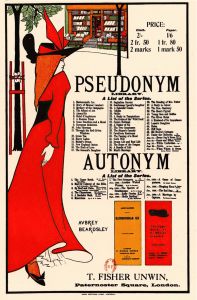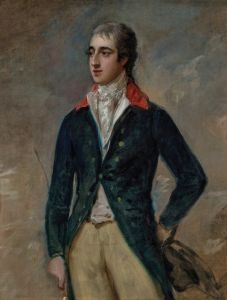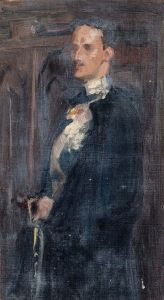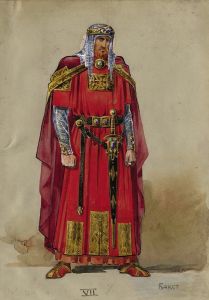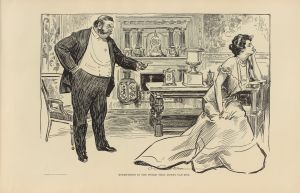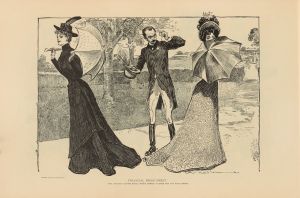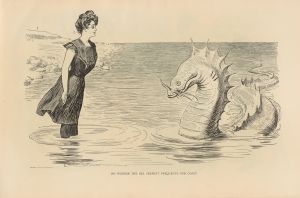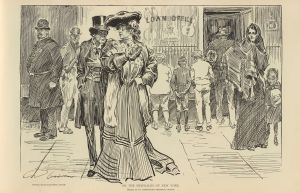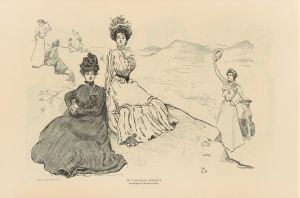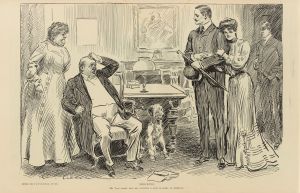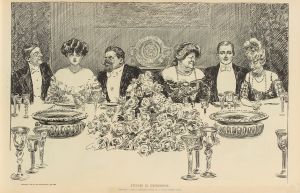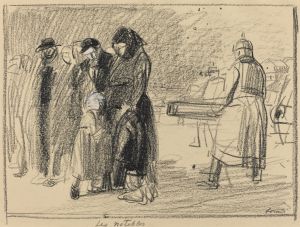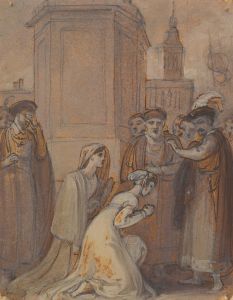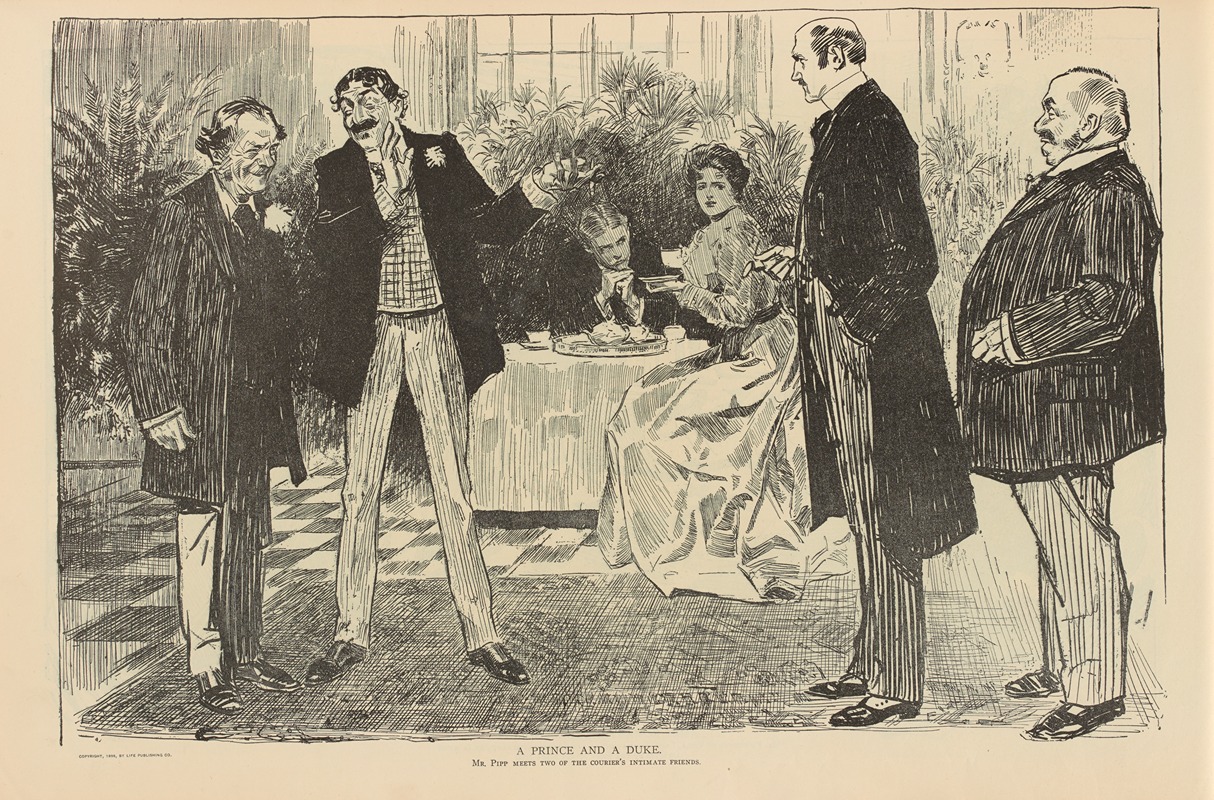
A prince and a duke
A hand-painted replica of Charles Dana Gibson’s masterpiece A prince and a duke, meticulously crafted by professional artists to capture the true essence of the original. Each piece is created with museum-quality canvas and rare mineral pigments, carefully painted by experienced artists with delicate brushstrokes and rich, layered colors to perfectly recreate the texture of the original artwork. Unlike machine-printed reproductions, this hand-painted version brings the painting to life, infused with the artist’s emotions and skill in every stroke. Whether for personal collection or home decoration, it instantly elevates the artistic atmosphere of any space.
Charles Dana Gibson was an influential American illustrator, best known for his creation of the "Gibson Girl," an iconic representation of the American woman at the turn of the 20th century. His work captured the spirit and social dynamics of his time, often with a touch of humor and satire. One of his notable works is "A Prince and a Duke," which, like many of his illustrations, reflects the societal norms and cultural nuances of the era.
"A Prince and a Duke" is a black-and-white illustration that showcases Gibson's distinctive pen-and-ink style. His illustrations were widely published in magazines such as Life, Harper's Weekly, and Scribner's, making his work highly accessible to the public and influential in shaping public perceptions of social roles and relationships.
The illustration "A Prince and a Duke" is characterized by its detailed depiction of characters and their attire, which was typical of Gibson's work. His illustrations often featured well-dressed men and women, capturing the fashion and elegance of the late 19th and early 20th centuries. The subjects in his drawings were typically members of the upper class, reflecting the social hierarchies and cultural aspirations of the time.
Gibson's work, including "A Prince and a Duke," often contained subtle commentary on the social and gender dynamics of the period. His illustrations could be seen as both a celebration and a critique of the societal norms. The "Gibson Girl," for example, was both an idealized image of femininity and a commentary on the changing roles of women in society.
While specific details about the narrative or context of "A Prince and a Duke" are not extensively documented, it can be inferred from Gibson's body of work that the illustration likely explores themes of social status, relationships, and the interplay between different societal roles. The title itself suggests a focus on aristocracy and the nuanced interactions between individuals of high social standing.
Gibson's illustrations were not only artistic expressions but also cultural artifacts that provide insight into the values and attitudes of his time. His ability to capture the essence of an era with wit and precision made his work enduringly popular and influential. "A Prince and a Duke," like many of his illustrations, remains a testament to his skill in blending art with social commentary.
Overall, Charles Dana Gibson's "A Prince and a Duke" is a reflection of the artist's keen observation of society and his ability to convey complex social themes through simple yet powerful imagery. His work continues to be appreciated for its artistic merit and its historical significance in understanding the cultural landscape of the early 20th century.





